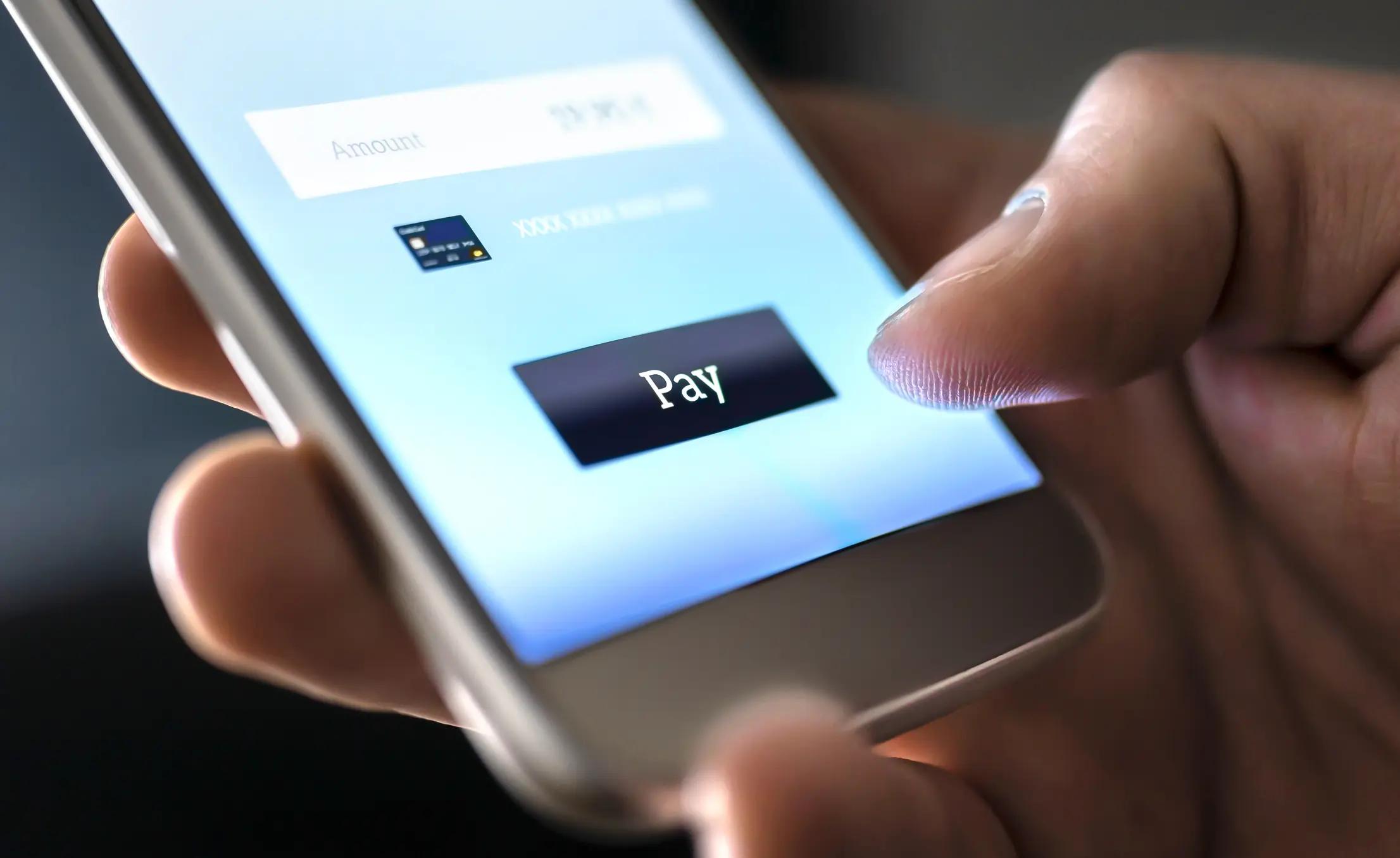Digital Wallets: Shaping the Future of Consumer Spending Habits
Digital Wallets: Shaping the Future of Consumer Spending Habits
Published by Uma Rajagopal
Posted on May 16, 2024

Published by Uma Rajagopal
Posted on May 16, 2024

Digital Wallets: Shaping the Future of Consumer Spending Habits
Introduction:
Digital wallets have revolutionized the way people manage and spend their money. With the rise of smartphones and mobile payment technologies, digital wallets have become increasingly popular, offering convenience, security, and flexibility to consumers. In this article, we will explore the evolution of digital wallets, their impact on consumer spending habits, and the future trends in this rapidly evolving industry.
The Rise of Digital Wallets
Digital wallets, also known as e-wallets or mobile wallets, are virtual wallets that allow users to store payment information, such as credit card details, bank account numbers, and loyalty cards, securely on their smartphones or other mobile devices. They enable users to make payments online and in-store, as well as transfer money to other users.
Convenience and Accessibility
One of the key benefits of digital wallets is their convenience and accessibility. Users can make payments quickly and easily using their smartphones, without the need to carry physical cash or cards. This convenience has made digital wallets popular among consumers, particularly younger generations who are accustomed to using mobile technology for everyday tasks.
Security and Fraud Prevention
Digital wallets also offer enhanced security features compared to traditional payment methods. Many digital wallets use encryption and tokenization to protect users’ payment information, reducing the risk of fraud. Additionally, digital wallets often require biometric authentication, such as fingerprint or facial recognition, adding an extra layer of security.
Impact on Consumer Spending Habits
The rise of digital wallets has had a significant impact on consumer spending habits. Digital wallets make it easier for consumers to track their spending, as transactions are automatically recorded and categorized within the app. This increased visibility can help consumers make more informed financial decisions and budget more effectively.
Cashless Transactions and Contactless Payments
Digital wallets have also contributed to the growth of cashless transactions and contactless payments. With digital wallets, consumers can make payments without the need for physical cash or cards, reducing the need for physical contact during transactions. This has become especially important in light of the COVID-19 pandemic, as contactless payments are seen as a safer alternative to cash transactions.
Integration with Loyalty Programs and Rewards
Many digital wallets also integrate with loyalty programs and rewards programs, allowing users to earn points or cashback on their purchases. This incentivizes consumers to use digital wallets for their transactions, leading to increased adoption and usage.
Future Trends in Digital Wallets
Looking ahead, the future of digital wallets looks promising, with several trends shaping the industry. One trend is the integration of digital wallets with other financial services, such as banking and investing. This convergence of services could make digital wallets even more essential to consumers’ financial lives.
Another trend is the rise of cryptocurrency wallets, which allow users to store and manage their cryptocurrencies securely. As cryptocurrencies become more mainstream, the demand for cryptocurrency wallets is expected to increase.
Conclusion
In conclusion, digital wallets have transformed the way people manage and spend their money. With their convenience, security, and integration with other financial services, digital wallets are shaping the future of consumer spending habits. As the industry continues to evolve, we can expect to see even more innovative features and services that further enhance the digital wallet experience for consumers.
Explore more articles in the Technology category











